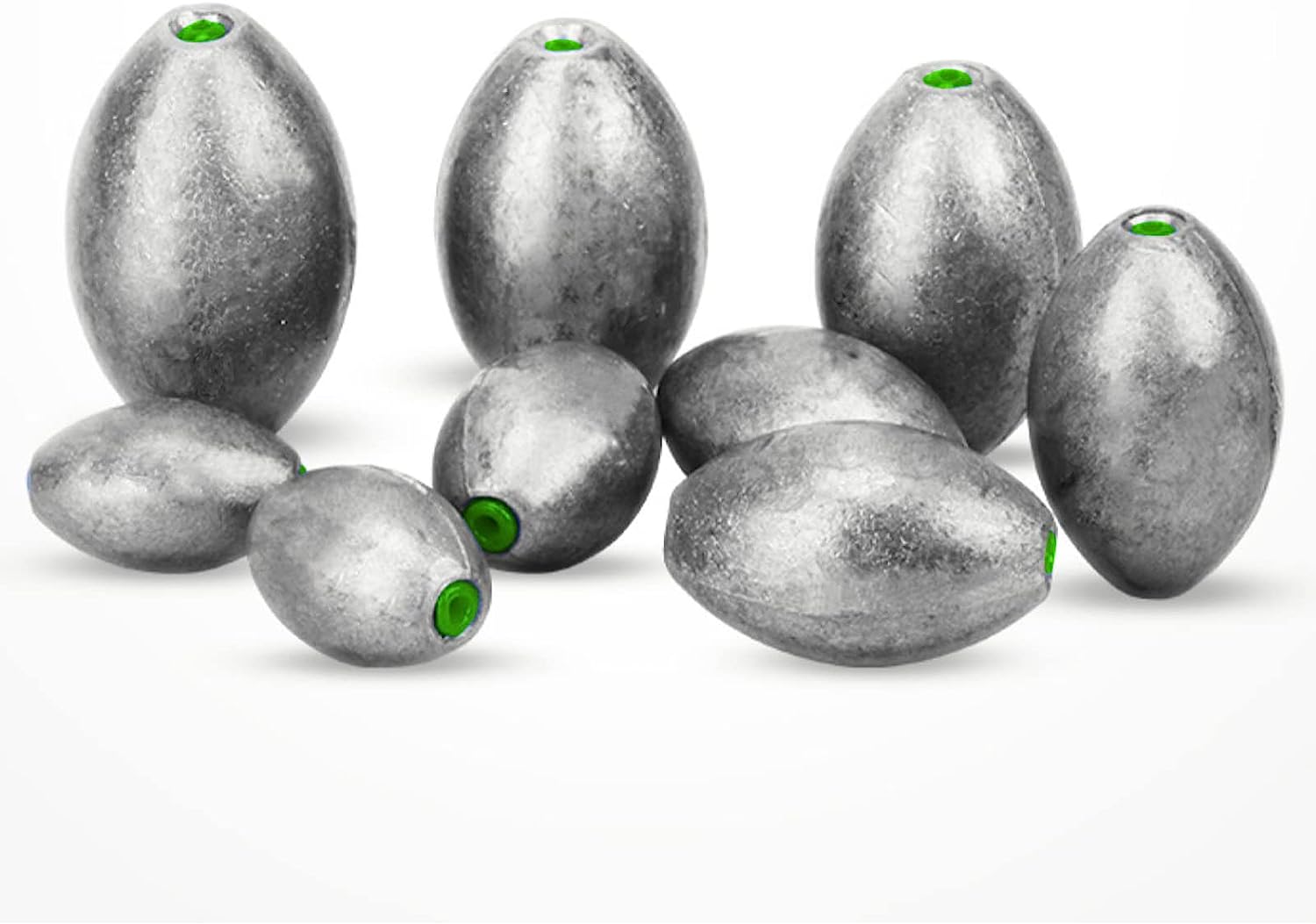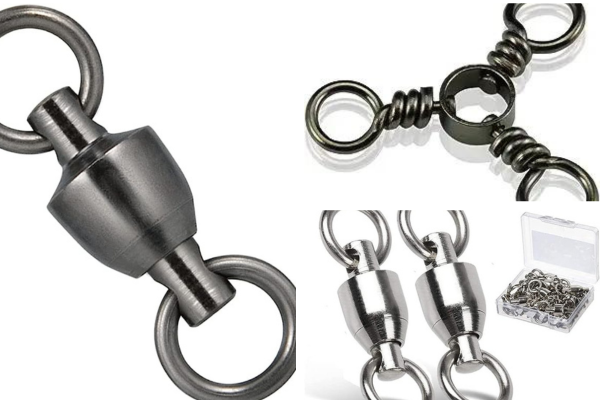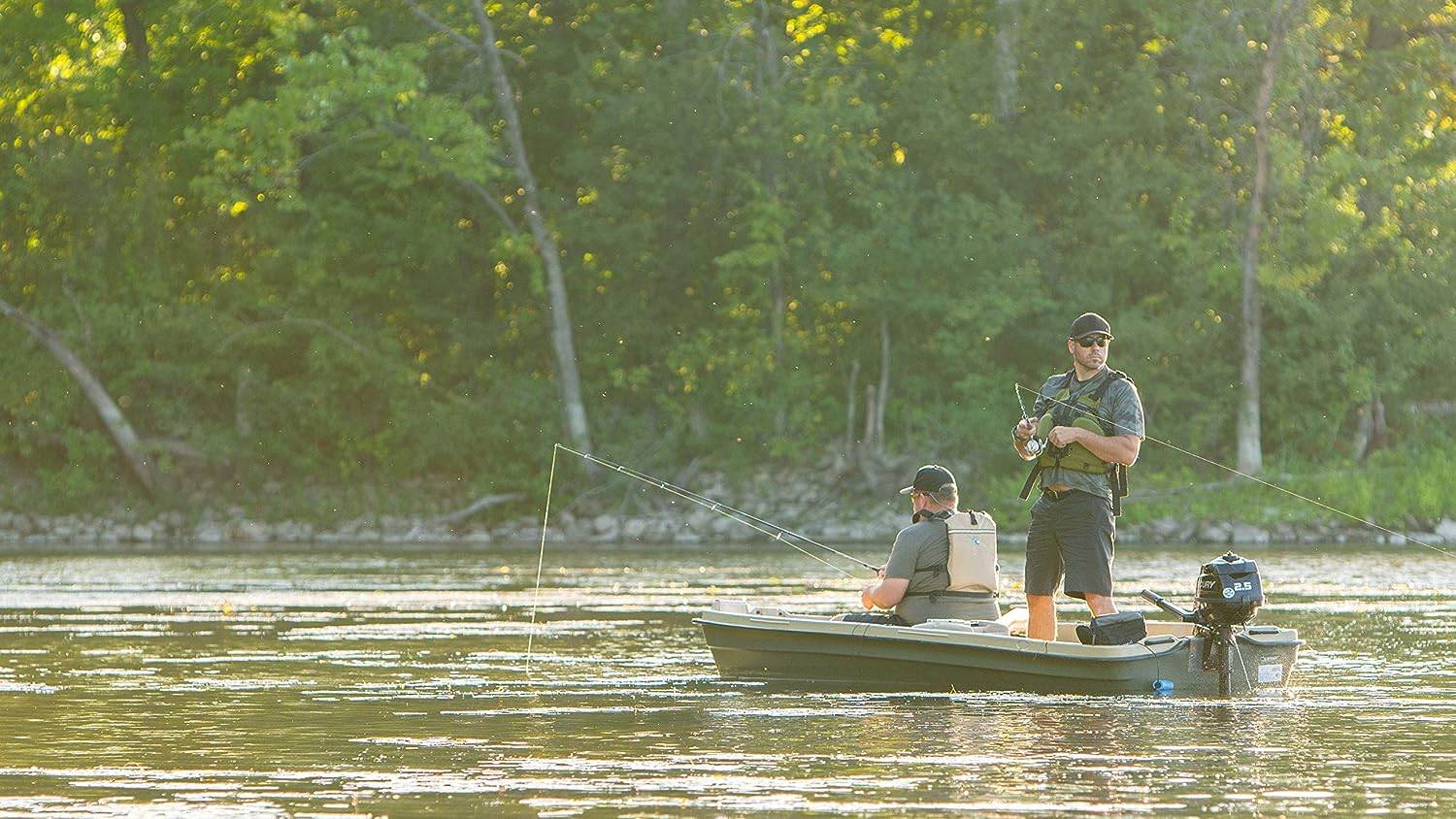Wondering where to cast when surf fishing? This article is for you. Most anglers are under the impression that casting the rod deeper into the waters translates to fatter and bigger catches.
Sure, bigger fishes live in the deepest parts of most water bodies, but if you apply that logic when surf fishing, your fishing experiences will be full of disappointments. In surf fishing, the easiest way to increase your catch is to know where to cast and how to do it.
Pro anglers will tell you that having the best tackles, knowing how to throw the rod further, and having the skills to fish anywhere is not enough. Someone with no skills but equipped with the right rod and bait could make bigger catches than you provided they know when and where to cast when surf fishing.
What Should You Know When Surf Fishing?
Misinformation when surf fishing is the number one enemy to every angler. Know which surf zones fish love at which time and during which weather conditions. Fish love shore side and seaside parts of sandbars. These are the favorite habitats for medium-sized and small fish as they provide the safety and food such as fish need.
One misconception among anglers is that the largest fish can only be found deep inside the waters. Casting your rod around 100 yards when surf fishing could prove a big challenge especially to newbie anglers.
However, that shouldn’t be an excuse for you to always catch miniature fish. Mostly, big fish feed on smaller fishes and other insects, and since most small fishes find their comfort on the shores, you could actually make big catches on the shores.
What Affects How Far You Can Cast the Surf Rod?
The far you cast your surf rod depends on multiple factors. We will look at those factors in details below:
- Rod length: the biggest determinant of surf rod casting distance is the rod length. Longer rods offer room for longer casting. No matter your skill level, consider a surf rod with a casting length of at least 9ft.
- Rod action: the rod action directly affects the casting length. Rods with slow action bend from their lower quarter when exposed to pressure, the moderate action ones flex halfway while the fast ones bend on their higher section. If you want to surf deeper into the waters, consider a slow action rod as it will give a longer surfcasting distance.
- Casting weight: the heavier a rod can sink, the further the surfcasting. Casting rods weighted at the terminal tackle give higher initial casting speed, which translates to a higher trajectory.
- The bait: the casting distance is also directly affected by the shape and size of the bait used. Bigger baits are pressured by heavy winds and air, which reduces the rod casting distance. Consider small baits with aerodynamic designs as they seamlessly cut through the air with utmost accuracy, delivering higher casting distance.
- The casting line: the thickness of the casting line will also affect the distance. Thicker lines suffer more from the impacts of wind and air, which slows the casting speed and lessens the casting distance. Thinner lines cut through the wind and air, reaching further distances with minimal air drag.
- Power and skills: the last factor that determines how far a casting rod will go is your manpower and skills. The amount of force you apply when casting the rod will have a direct impact on how far the rod will go same as your casting style.
If you’ve mastered the casting art, you will know from which angle to throw the rod for it to reach longer distances.
Why It’s Essential to Know Where to Cast When Surf Fishing?
The secret of where to cast when surf fishing is to know where to cast the rod. Unlike what we assume, fish aren’t homogeneously distributed all over the surf zone, and throwing the bait everywhere doesn’t guarantee results.
Since fish are highly sensitive creatures, they will quickly move out if they feel threatened, so you shouldn’t assume that more fish will be found where you made a big catch during the last fishing session.
Not many fish will smell a bait from afar and head towards it. Some fish, especially the ones found on the shore only eat the food close to their habitat. It’s only the large predatory fish that would explore the deeper parts of the sea and react to smell from baits.
That means, if you’re throwing your line aimlessly and still catching some fish, you’re simply lucky. Don’t try that next time unless you want to always go home a disappointed being.
What Should Consider When Surf Fishing?
When you’re surf fishing, you must know what to target when throwing your line and bait. Various parts make a good beach or surfing water body, which include channels, sandbars, and troughs.
Sandbanks are sand bars forming inside water that run parallel to the shoreline. Most beaches contain around three sandbars. The troughs are the deep waters or hollows found in between sandbars. Channels are the openings breaking sandbars that allow currents to flow out of the open sea.
When you’re casting the surf rod or line, you have to target the sandbar edges or the channels. Sandbar edges house small and medium-size fish that rarely prey on baits while the channels house large fish that are common predators. When targeting the channels, you will often catch fish such as sharks, stripers, and blues.
You could also read about bass fishing tips.
Where to Cast When Surf Fishing – Conclusion
It’s good to know where to throw the surf rod but that’s not just enough. The most experienced anglers make large catches when they combine their experience with proper rod casting. You must know when to cast and the weather to avoid if your casts have to be successful.
Wondering where to cast when surf fishing? It’s essential to know which current types, moon phase, surf conditions, tackle quality, and tides favor large catches.
Master the art of casting the rod professionally based on which fish you are targeting. Pro anglers recommend casting the rod on the channels when searching for big fish and sandbar edges when searching for small and medium-sized fish.
Share the Love
If you found this post useful, please let others know about it by sharing it.
Related Posts
If you found this post useful, please explore others posts.


